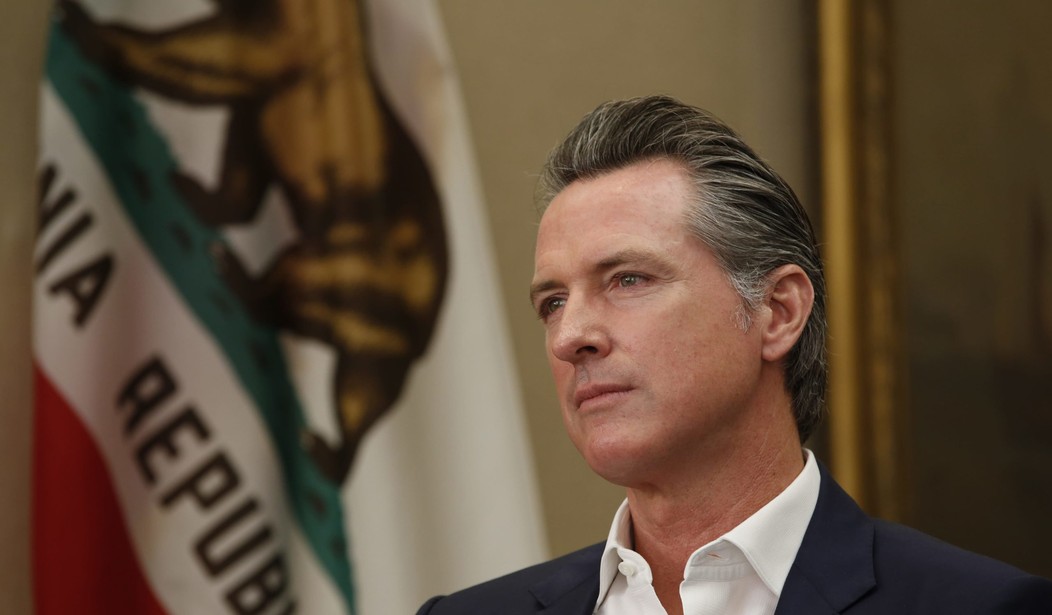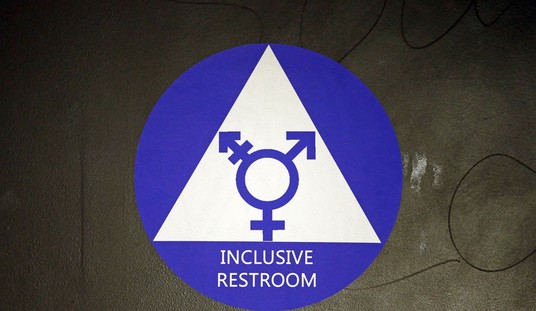California Governor Gavin Newsom took to Twitter to brag about all he’s doing to end California’s massive, embarrassing homeless crisis. He posted a video of 100 gleaming FEMA trailers the state just bought rumbling down a highway. The are apparently destined for Los Angeles — a city with the second-highest per capita rate of homelessness in the nation.
We need to tackle the issue of homelessness head on.
8 days ago, I issued an Executive Order to rapidly increase housing and shelter options across CA.
Just a few days later, we're deploying trailers to communities in need to provide services & shelter. pic.twitter.com/2NSDdbqdHy
— Gavin Newsom (@GavinNewsom) January 16, 2020
National Review’s John Hirschauer sums up the extent of the problem.
In California, there seems to be little discernible relationship between the amount of taxpayer money spent on combating homelessness and actual declines in its incidence. While recent data show modest improvements on a statewide level — the same HUD report found that homelessness in California fell by 1.2 percent from 2017 to 2018 — the figures in individual municipalities where the crisis is most acute paint a bleaker picture. San Francisco’s homeless population has grown by at least 17 percent since 2017, even as the city’s government spent an annual $300 million on services for the homeless. Los Angeles County, with the second-largest homeless population of any county in the United States, spent $600 million on services for the homeless from summer 2018 to summer 2019, only to see a 12 percent increase in its homeless population over that span.
The social problems caused by so much homelessness are familiar.
Major cities in California are awash in familiar pathologies: A sea of used heroin needles, piles of human waste, and a precipitous spike in crime and disorder. The homeless, while more likely to be victimized by one another than to victimize the broader community, have wrought considerable violence on their non-vagrant peers. Anthony Miele Jr., a 35-year-old from Ventura County, was sitting across from his wife at a steakhouse with his five-year-old daughter on his lap when a homeless man with paranoid-schizophrenia wandered in off the street and stabbed him to death in April 2018.
Newsom and California Democrats, who are in total control of the state government, have appropriated billions of dollars to address the crisis. It’s not working. But why? The politicians, the “Housing First” homeless advocates, churches, social workers — all of them mean well. They feel for the suffering of ordinary people trapped in the homeless maze, along with all the health and mental problems that go with it.
But there’s one roadblock that is barring the way to finding solutions: a stifling, rigid ideology that makes it impossible to apply innovative solutions to a seemingly intractable problem.
Governor Newsom seems to understand that removing the despairing homeless from that ruinous “vivo” might be a necessary step toward abating California’s current crisis. But while he appears willing to buck certain orthodoxies of the Housing First crowd, he also seems to accept some of its ruinous premises. One incomprehensible portion of the governor’s budget is the so-called Community Care Collaborative Pilot program. In explaining the program, Newsom’s office released a statement detailing the governor’s plan to allocate more than $350 million over six years “to implement efforts in three pilot counties to place individuals with mental health needs, specifically those designated Incompetent to Stand Trial, into stable placements in the community instead of state hospital placements.” The fetishization of “community” services for the severely mentally ill — even those found incompetent to stand trial — is a leading cause of the state’s homelessness problem.
Newsom is trapped both politically and ideologically and can’t escape without denying his entire belief system. There are certain “truths” that Newsom and other liberals believe in that, if discovered to be mistaken or having no connection to reality, would shake the foundations of their ideology, leaving them rudderless and at sea.
It might well be a noble goal to help the homeless to secure permanent housing where and when possible. But the ideological lodestar of the Housing First movement, which seeks the complete demolition of intensive forms of mental-health and addiction services, takes a worthwhile goal for some and makes it an unworkable one-size-fits-all solution. Some homeless people with addiction and serious mental illness require more structure than the basic “housing” model proffered by the Housing First crowd permits.
For the sake of his state and its homeless, one hopes Governor Newsom recognizes as much and can point the state in a more reasonable and humane direction.
Many of society’s most serious problems — including mass shootings and homelessness — can be traced to the de-institutionalization movement. Its dependence on mental health professionals being able to predict if an individual would become a threat to himself or others might be a noble goal, but incredibly short-sighted. Many mentally ill individuals can function adequately with proper medication. But there’s no regimen that can force a mental patient to take his meds, so most diagnoses by professionals end up being a guessing game.
Newsom can’t do much about the most serious mental health issues facing the homeless, which means he won’t be able to do much about the homeless problem. The situation can improve with the application of a little common sense and much more targeted government spending.
If he can get out of the way of his own ideology.










Join the conversation as a VIP Member